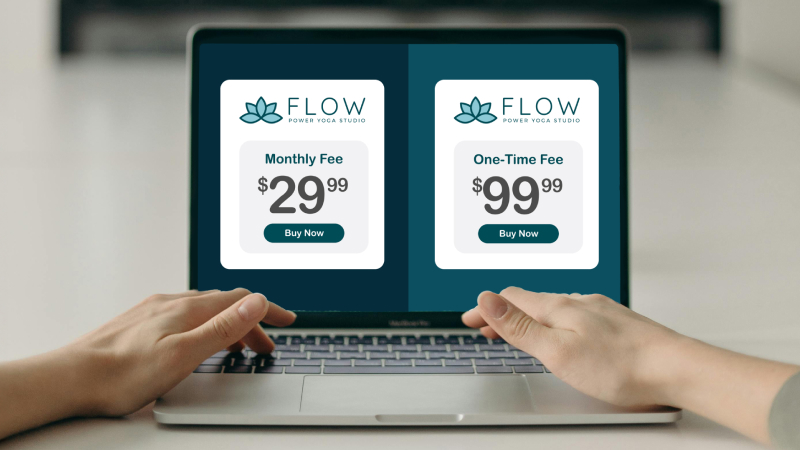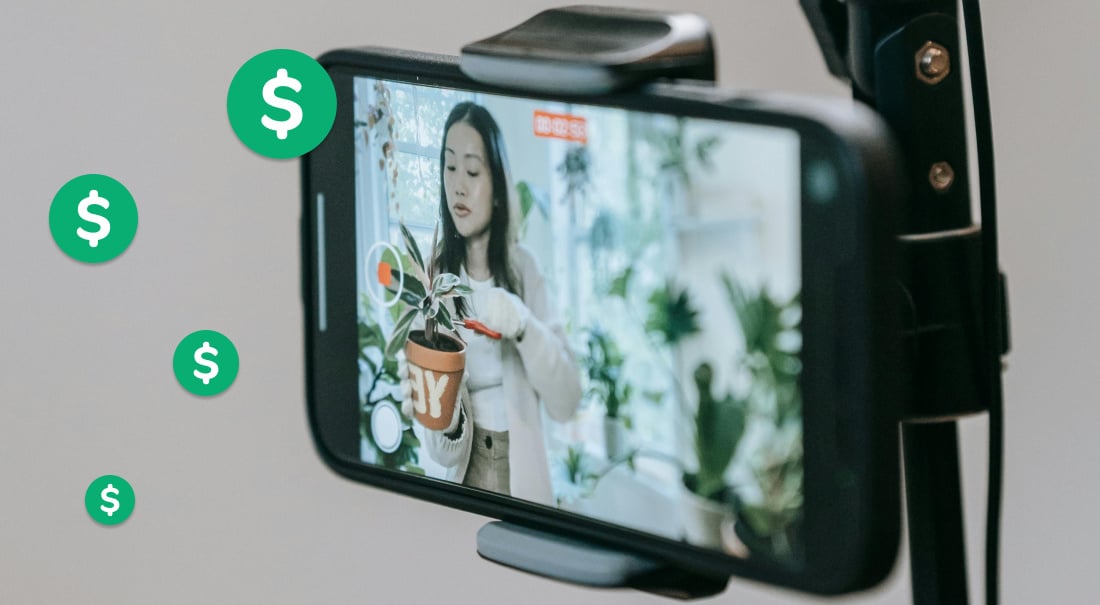
Listen up, content creator. If you’re serious about switching from hobbyist to professional, you have to start considering how your videos will translate into a steady revenue stream.
Earning income from your content positions you to do many things, like investing in additional software, gear, and more. And sure, there are a bunch of different ways you can monetize your videos, but how do you choose between subscription pricing and one-time purchase models?
In this article, we’ll examine the differences between subscription vs. one-time purchases to help you decide which pricing model is best for your content.
What is the difference between a subscription and one-time purchase?
Simply put:
When audiences pay for a piece of premium content, subscription pricing earns the creator recurring revenue over time, while one-time purchase pricing will earn only once.
But there's more to it than that — and plenty of reasons why a creator might choose one pricing model over the other.
Subscription pricing model
In a subscription model, audiences pay a recurring fee at regular intervals to access a library of video content. The recurring fee is typically paid monthly or annually. This is also called subscription video on demand, or SVOD.
SVOD allows audiences to stream content on-demand over the internet, which gives them the flexibility to watch what they want, when they want, and on various devices — smartphones, tablets, computers, and smart TVs.
Subscribers typically have unlimited access to the content library during their subscription period. The content library may include a variety of movies, TV shows, documentaries, and other video content. Examples of popular, household subscription-based video services include Netflix, Amazon Prime Video, Hulu, Disney+, and HBO Max.
This is also a popular subscription model for video membership sites and some educational platforms.
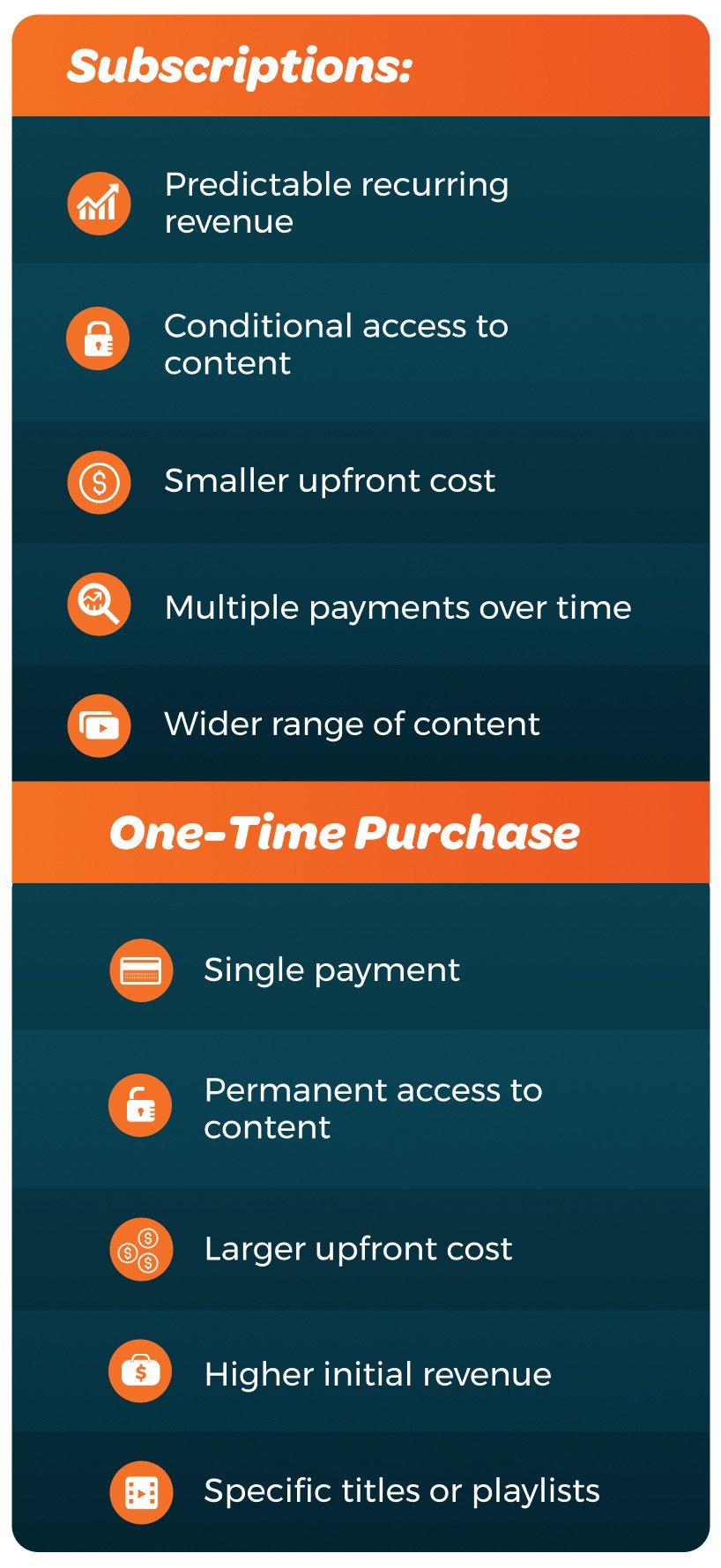
One-time payment model
In a one-time purchase model, audiences pay a one-time fee to access specific content. Audiences typically have permanent access to the content they’ve purchased.
This model is commonly used for digital downloads, for example buying individual movies, TV show episodes, or niche content-type, like an e-learning video.
Alternatively, it can also refer to purchasing physical media like DVDs or Blu-ray discs (remember those?).
Examples of popular platforms that offer a one-time purchase include iTunes, Google Play Movies, Vudu, and Amazon Instant Video (for buying or renting specific titles).
Key differences for audiences
-
Payment structure
Subscription models involve recurring payments, while one-time purchases are paid only once.
-
Access to content
Subscriptions usually offer access to a broader range of content for the duration of the subscription, while one-time purchases grant access to specific content indefinitely.
-
Up-front vs. ongoing cost
For audiences who consume a lot of content, subscriptions may offer better value. For occasional viewers — or for those who only want specific titles — one-time purchases may be more cost-effective.
-
Flexibility
Subscriptions provide ongoing access to a rotating library of content, while one-time purchases provide ownership of specific content.
What pricing strategy should you choose?
Several factors go into deciding what pricing strategy to choose for your channel. Think through each of these to help you decide what — and how — to charge your audience:
-
Video output
Are you regularly creating new content, or are you trying to monetize content that you’ve already created? A subscription pricing strategy may be more effective if you’re uploading or streaming content consistently.
-
Audience size (and preferences)
How large is your audience? A subscription model may help to grow an audience, with lower up-front costs for the viewer and more opportunities for engagement.
If you already have an established audience that’s excited about your content, one-time payments can offer more revenue upfront.
-
Content format
If you’ve created a standalone e-learning course to sell, one-time payments may make the most sense.
However, if you’re regularly creating new content around a topic, subscriptions might be better for your audience.
-
Revenue and channel growth goals
We’ve already mentioned that subscription pricing models can help grow your audience, and offer predictable recurring revenue.
One-time purchase models are a bit more unpredictable but have the potential to offer higher earnings, faster.
Understanding each of the above factors can help dictate your pricing model (or models).
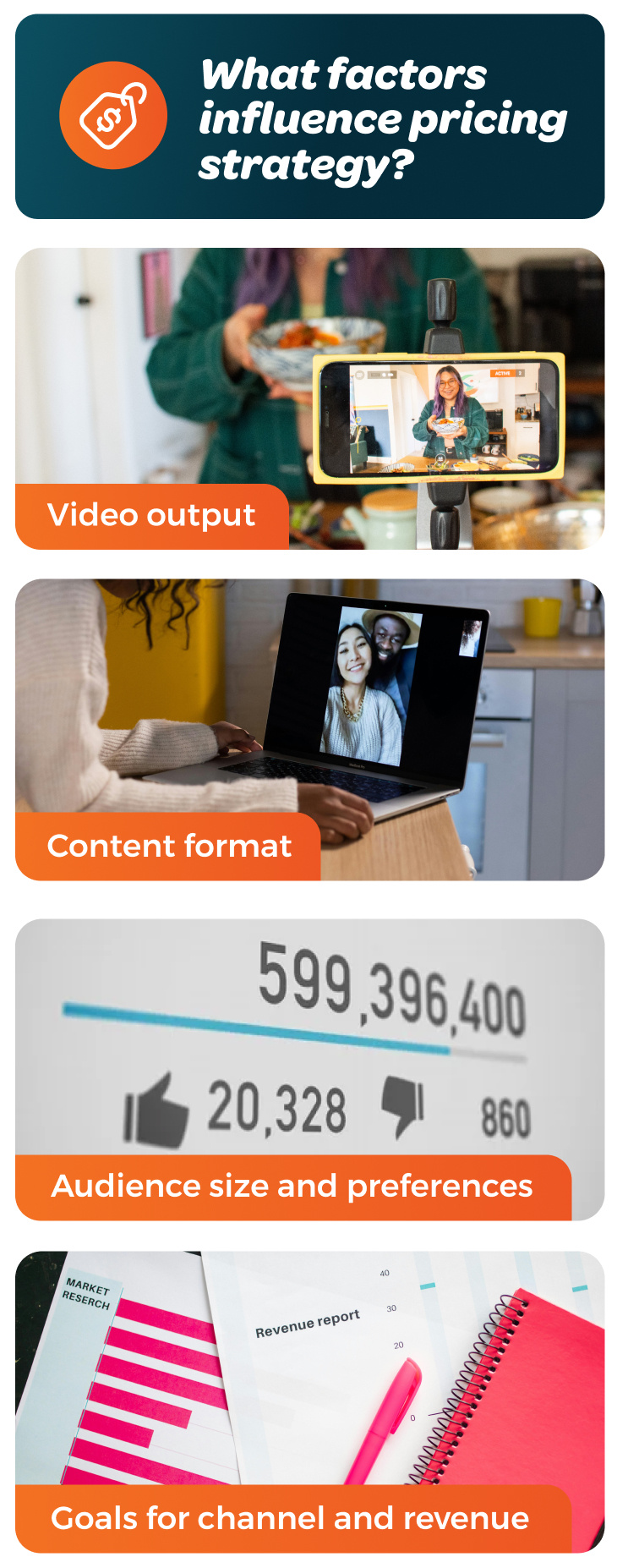
Mixing and matching pricing models
For many content creators, the flexibility of choosing different pricing models for different content types might be the best way to go.
80% subscriptions, 20% one-time purchases
Say you’re an online fitness instructor. You’ve built a robust library of instructional videos, and you’re ready to start charging for access to your content.
If you plan to create more lessons, it makes sense for you to build out a subscription plan for your audiences so that your paid subscribers have content right away, and content to look forward to.
But let’s say some folks from your audience don’t want to commit to a subscription because they only want to focus on one aspect of your course. Making certain videos available for one-time purchases caters to both audience types.
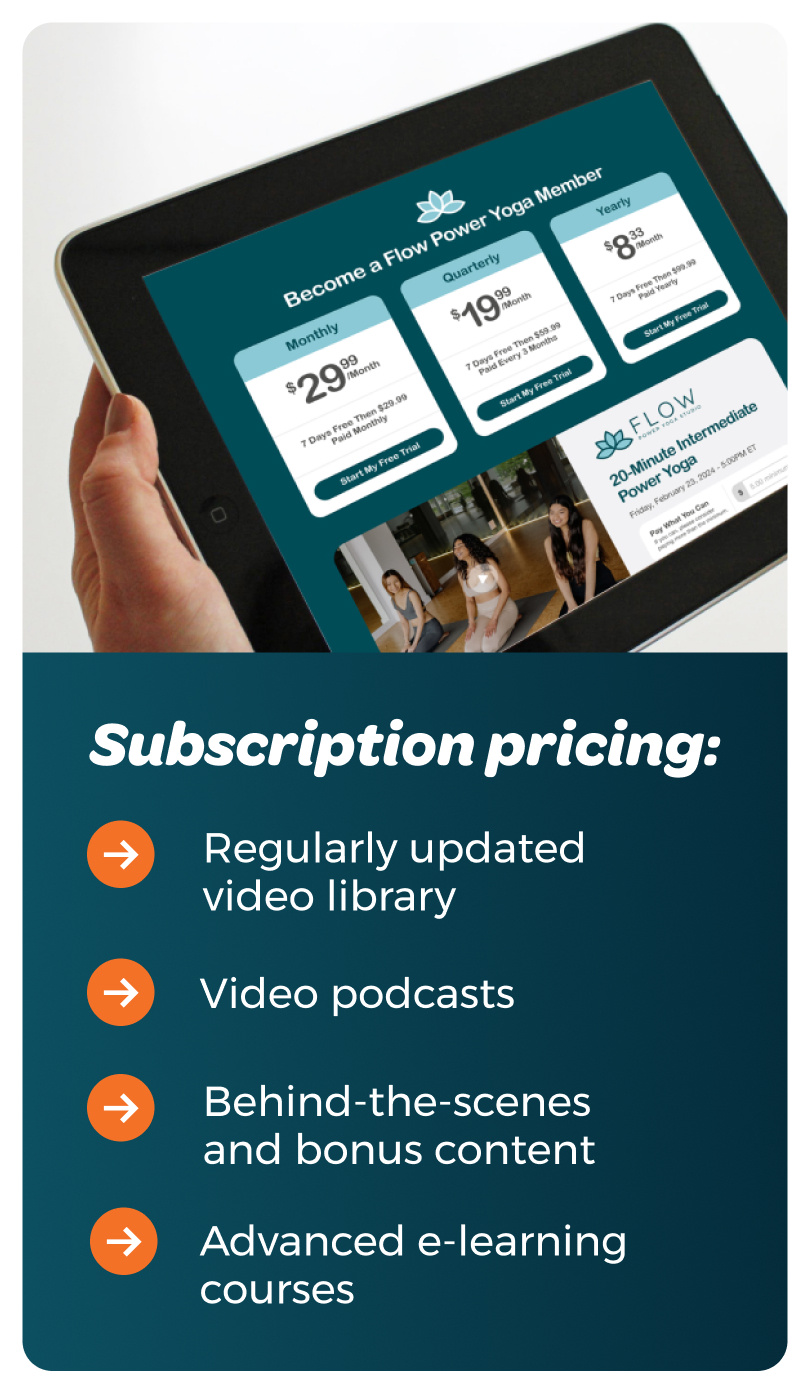
80% one-time purchases, 20% subscriptions
On the other hand, say you’re a content creator who regularly hosts live events, produces standalone videos, or even teaches entry-level online courses. In this case, you could strategically make use of one-time purchases to capitalize on interest and maximize revenue.
On top of these one-time purchases, video podcasts, behind-the-scenes and bonus content, and even advanced e-learning courses would make great subscription-based content.
Engage with your audience to learn their behaviors and needs. And don’t be afraid to test different pricing options, and then test again!
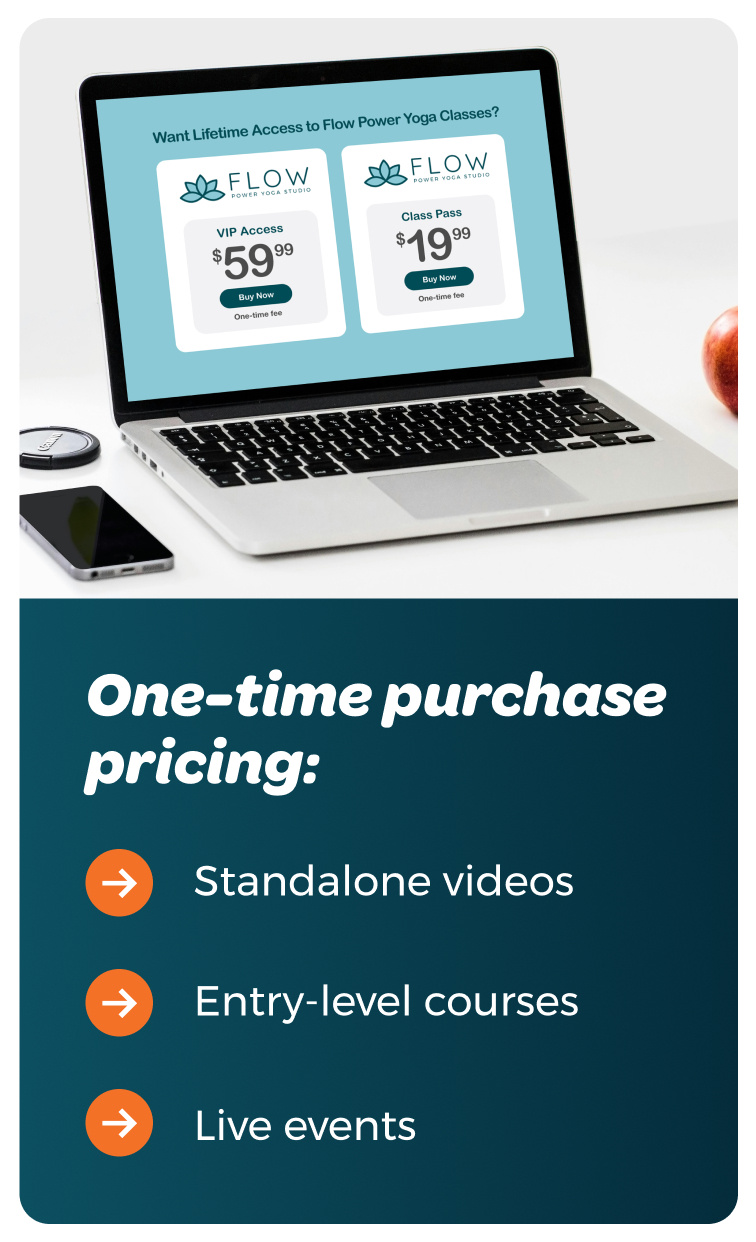
Use Switcher for flexible video monetization
Switcher is here to help you build a profitable video platform.
Whether you’re a seasoned pro with a library of videos ready to monetize, or you’re just getting started creating subscription-based video content — Switcher has everything you need to create, share, host, and monetize (on a one-time or recurring basis).
Gated content for one-time purchases, or subscriptions for recurring payments
Switcher makes monetizing video content simple: You get to name your price, and everything else.
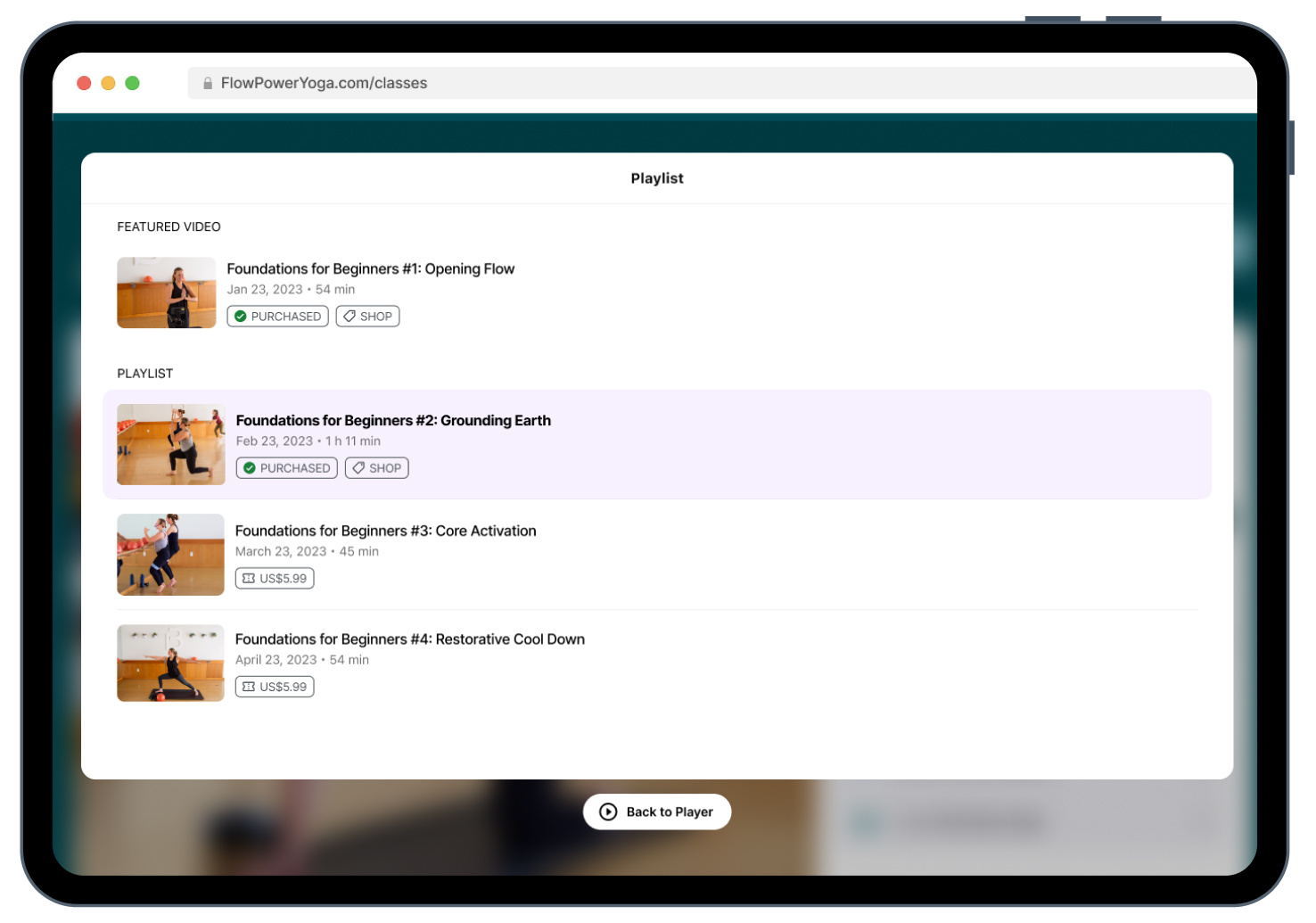
-
Create and monetize premium live streams and VOD
-
Embed a customizable interactive video player on any webpage
-
Create video playlists of your content
-
Choose between gated content for one-time purchases, subscriptions for recurring revenue, or both
-
Create and fully customize your video subscriptions
-
Manage your content creation and distribution with an all-in-one platform
Plus way more!
Get started for free
Here’s one of the best parts: Switcher offers a free 14-day trial, so you can see just how easy it is to create a video subscription website. Take our features for a spin and start monetizing your video on your terms.
Subscribe to the blog
Sign up to receive notifications whenever a new blog post is published. You may unsubscribe at any time.

Share
About the Author

Julian R. Vaca is an actor, writer, and marketer. His work has appeared in The Nerd Daily, Writer's Digest, and more. His debut Young Adult series "The Memory Index" is available wherever books are sold. Connect with Julian on Instagram: @JulianRayVaca
All posts by Julian R. Vaca
